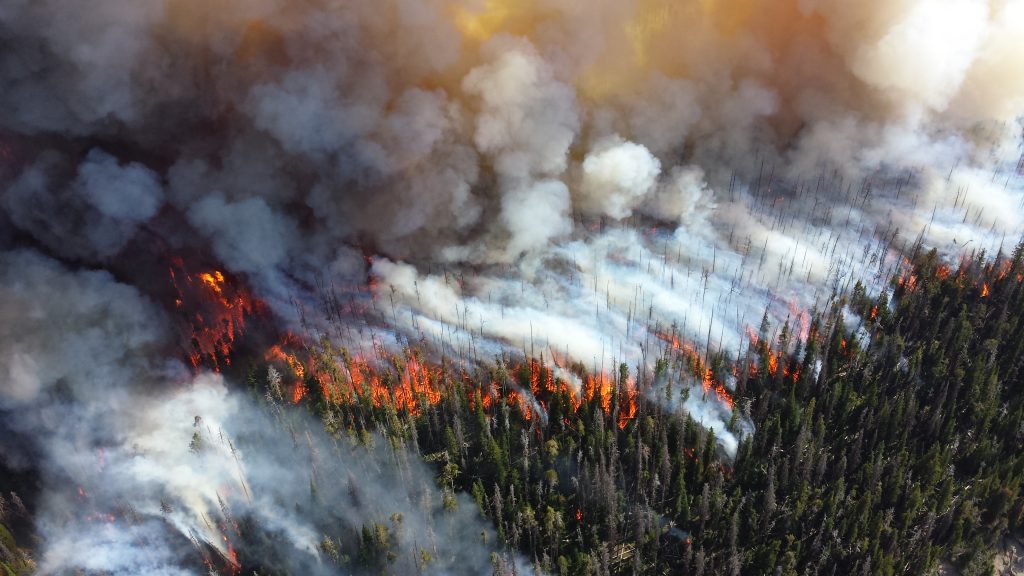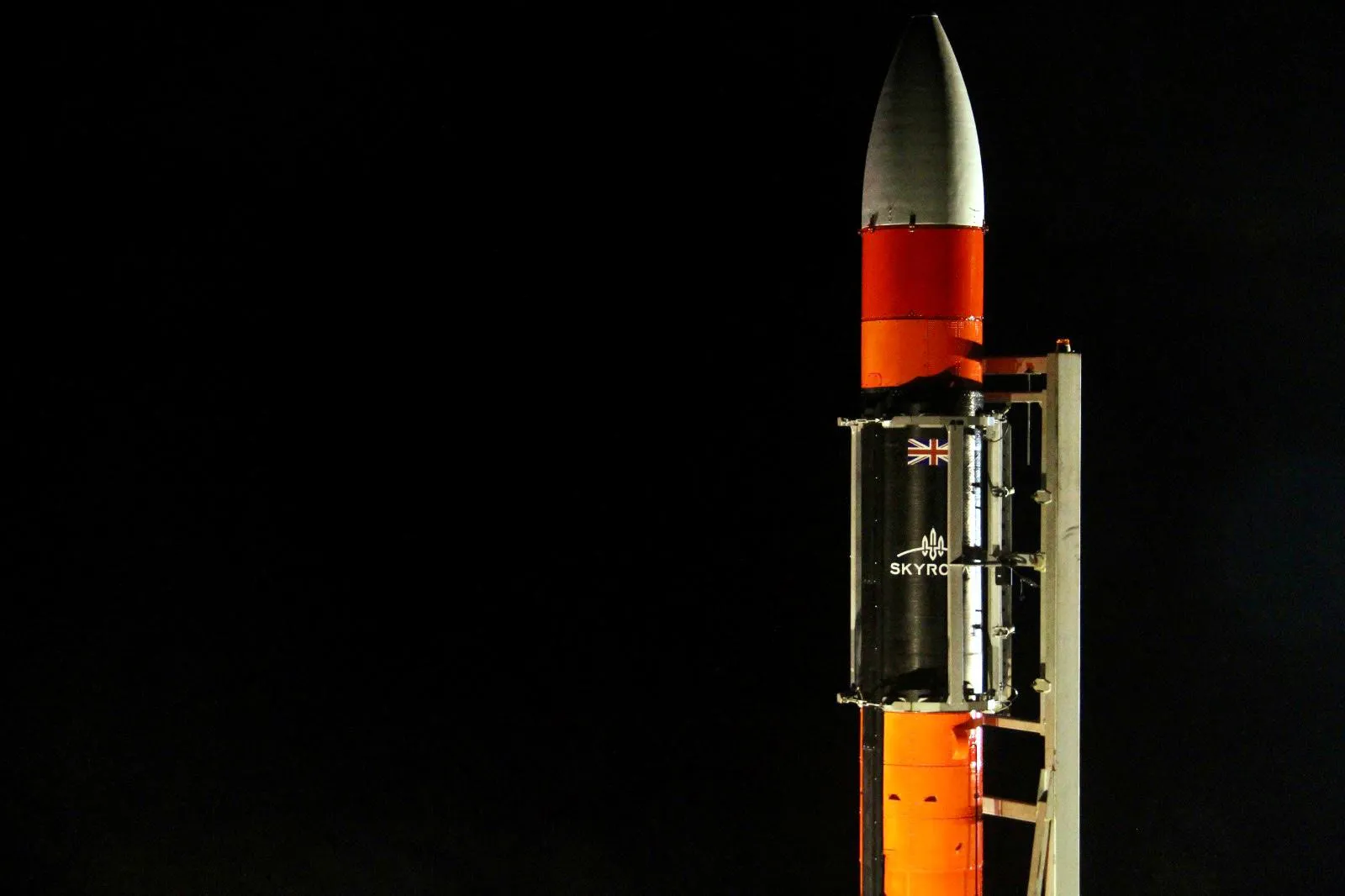Space technology and earthquake observation

Earth observation satellites have opened a new window for seismological research, as images captured by spacecrafts allow scientists to accurately measure ground changes before and after the occurrence of an earthquake. This leads to a better understanding of shallow crustal tectonics, as well as improved quantification of seismic hazards. Let’s take a look at a recent example of an earthquake surveyed from space.
Mapping of the June 2020 Oaxaca earthquake
A 7.4-magnitude earthquake, originating at an indicated depth of 26 km, struck offshore Oaxaca Mexico on the morning of June 23rd, 2020. Widely felt, the tremor damaged hundreds of buildings, caused casualties and triggered powerful aftershocks as well as a tsunami warning, all prompting evacuations within the region. The cause of the Oaxaca earthquake is the convergence between the oceanic Cocos Plate and the continental North American plate. As the oceanic plate is being subducted beneath the continental one, stress builds up and powerful seismic occurrences are more than likely. Consequently, events such as the June 23rd one are not isolated and Mexico represents one of the most seismically active places on Earth.
Satellite data from ESA’s Copernicus Sentinel-1 satellites (Sentinel-1A and Sentinel-1B) has been used to examine the effects of the earthquake on ground. By combining retrieved imagery immediately before and after the quake, experts have created an interferogram which allows them to quantify the surface displacement in the radar line of sight (1/2 radar wavelength). As the spacecrafts flew both south to north and vice-versa, the ground movement was measured both on a vertical and on an east-west direction. By converting the results into meters, a surface displacement map was generated, illustrating the relative ground deformation caused by the seismic event. According to the map, ground deformation of up to 0.45m have been observed in the identified epicentre region, in La Crucecita city.
The Oaxaca study is just one of the many examples that demonstrates our capability of accurately measuring ground movements caused by continental earthquakes all around the globe within days. What is more, the mapping of earthquakes using satellite data is only at the beginning, as our technological capabilities will greatly improve over the upcoming decade with the next generation of satellites already being under development.
While forecasting earthquakes is likely impossible, being able to monitor Earth’s dynamic crust from space through satellites represents a valuable tool in improving our understanding of earthquakes and tectonics, offering much needed data that can be combined with airborne and ground-based measurements for the creation of more advanced geophysical models. Such models can take the scientific community one step closer towards a better quantification of geohazard risks, thus leading to improved natural disaster management and casualty prevention.
References
1. Centre for the Observation and Modelling of Earthquakes, Volcanoes and Tectonics. n.d. Geohazards & Earth Observation - Centre For The Observation And Modelling Of Earthquakes, Volcanoes And Tectonics. [online] Available at: https://comet.nerc.ac.uk/gnss-earth-observation/[Accessed 3 December 2020].
2. Elliott, J., de Michele, M. and Gupta, H., 2020. Earth Observation for Crustal Tectonics and Earthquake Hazards. Surveys in Geophysics [online] 41(6), pp.1355-1389. Available at: https://link.springer.com/article/10.1007/s10712-020-09608-2#citeas [Accessed 3 December 2020].
3. Elliott, J., Walters, R. and Wright, T., 2016. The role of space-based observation in understanding and responding to active tectonics and earthquakes. Nature Communications, [online] 7(1). Available at: https://www.nature.com/articles/ncomms13844#citeas. [Accessed 3 December 2020].
4. ESA.int. 2020. Mapping The Oaxaca Earthquake From Space. [online] Available at: https://www.esa.int/Applications/Observing_the_Earth/Copernicus/Sentinel-1/Mapping_the_Oaxaca_earthquake_from_space [Accessed 3 December 2020].
5. International Journal of Remote Sensing, 2017. Earthquakes from space: Earth observation for quantifying earthquake risks. [online] 38(sup1), pp. 80-99. Available at: https://www.tandfonline.com/doi/full/10.1080/01431161.2018.1423741 [Accessed 3 December 2020].
6. Usgs.gov. 2020. June 23, 2020 Oaxaca, Mexico Earthquake. [online] Available at: https://www.usgs.gov/news/june-23-2020-oaxaca-mexico-earthquake [Accessed 3 December 2020].



